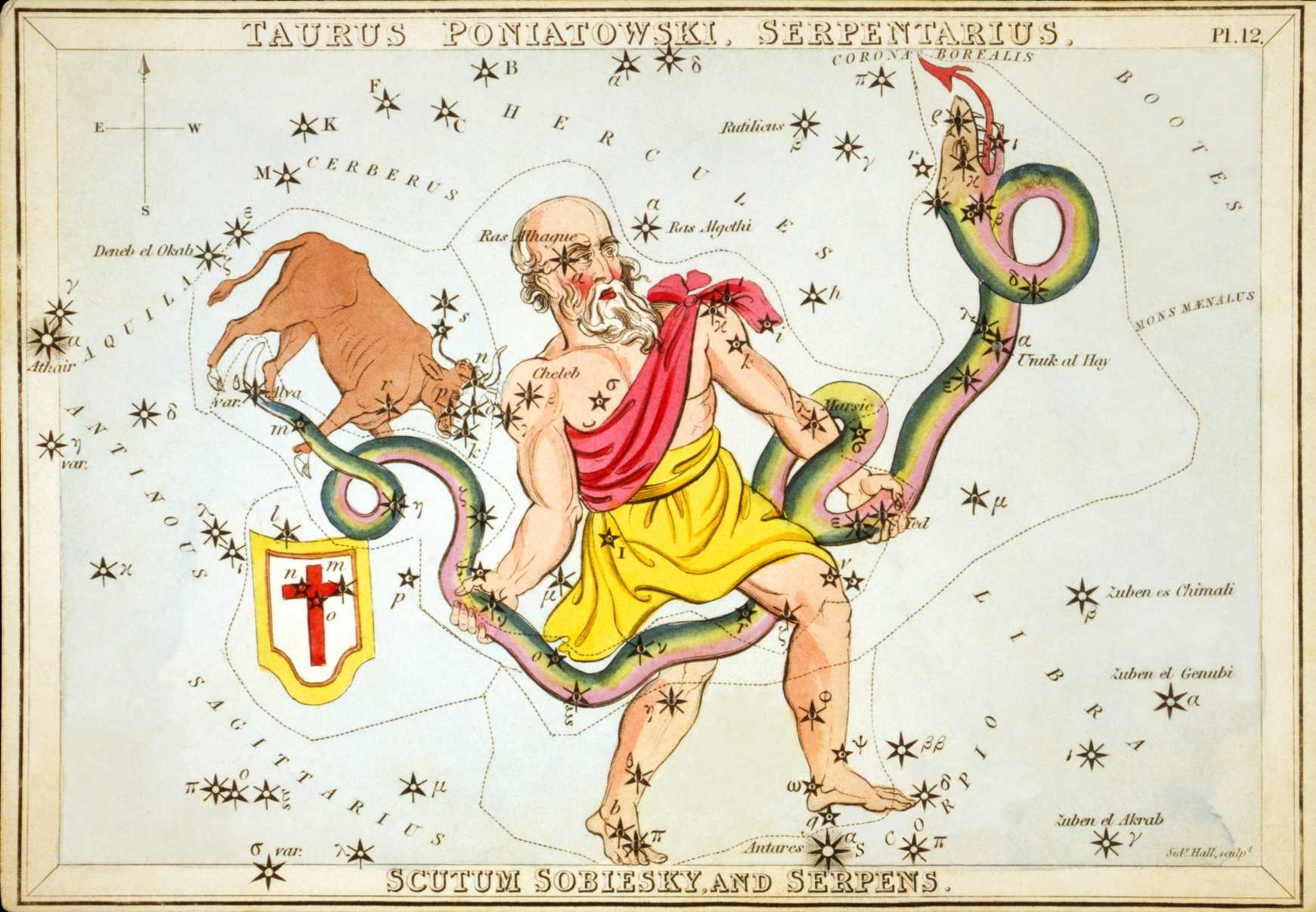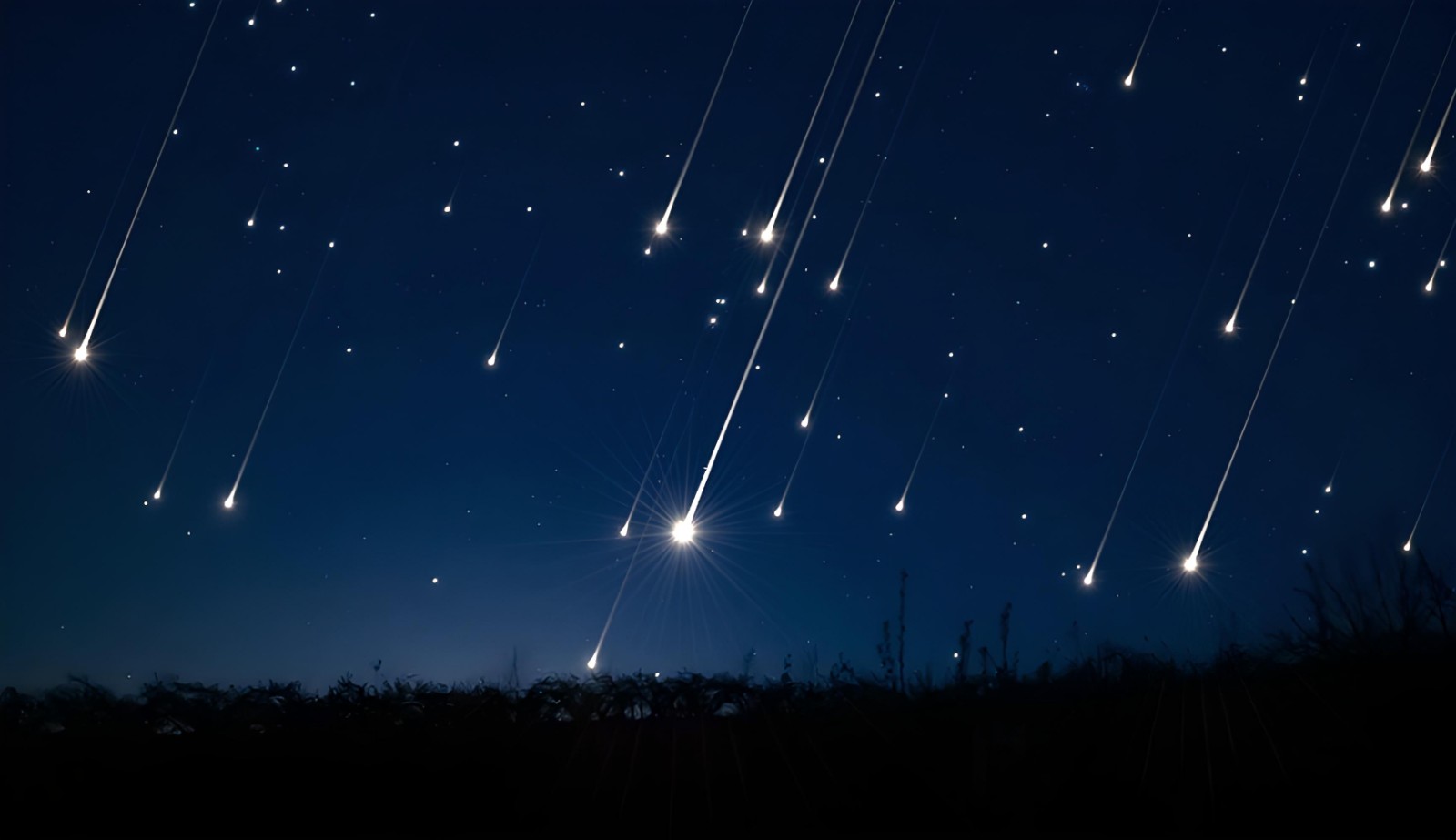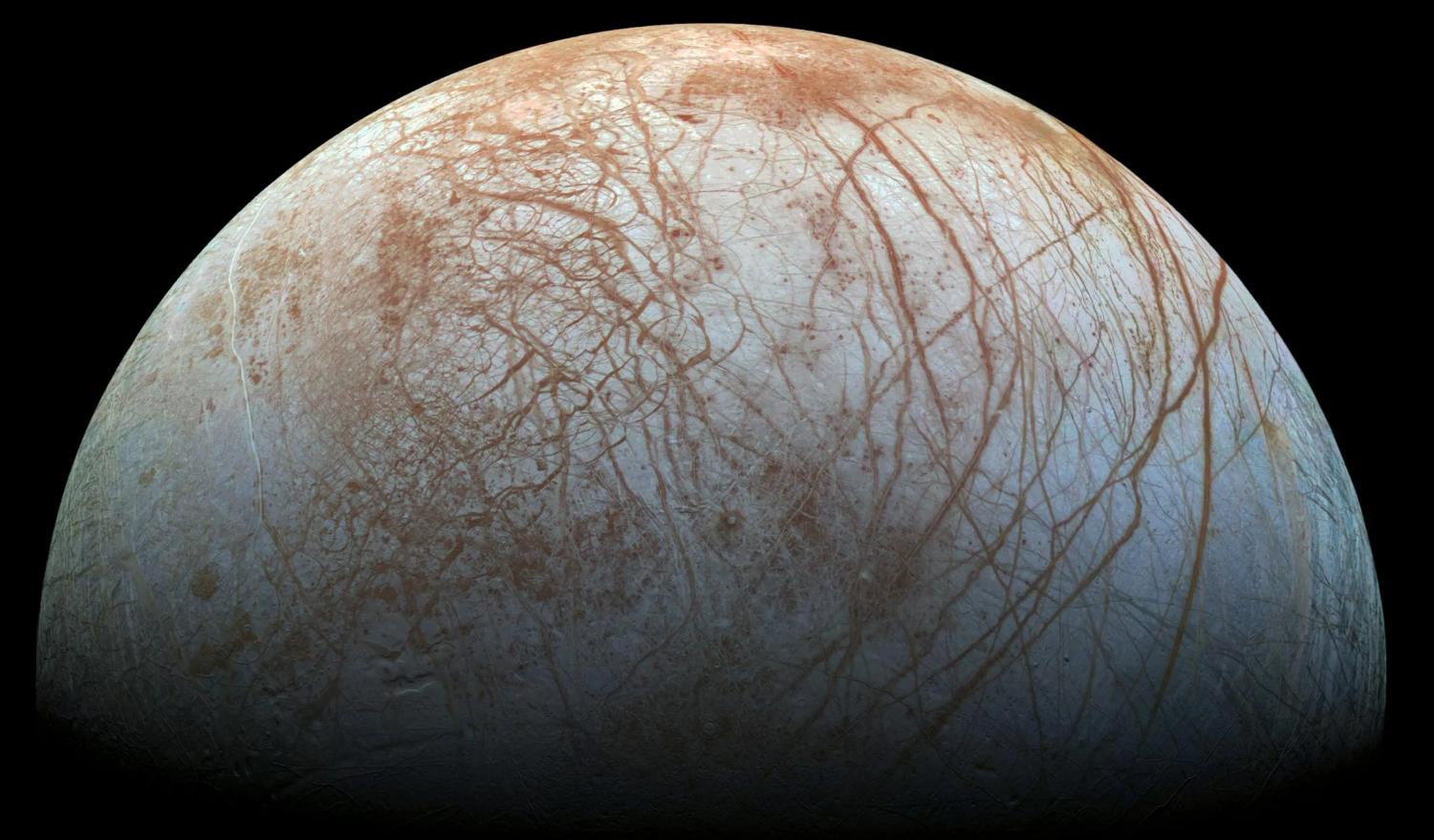The first constellations we learn to identify are the more well-known ones, such as Ursa Major and Cassiopeia. Do you know how many constellations there are in total? Or how do you identify them, and, although a hoax, which constellations are part of the zodiac? The stars are spread out over the sky at widely varying distances from Earth, yet the night sky as viewed from Earth creates the illusion of a celestial vault. The constellations are invaluable time and direction indicators, used especially by sailors, shepherds, and other types of travelers.
- What is a constellation?
- What are the most well-known constellations?
- How many constellations are there?
- Map of the 88 constellations
- How to spot the constellations?
- The reference constellation for observing the Milky Way
- What are the northern constellations?
- What are the southern constellations?
- The 12 constellations of the zodiac
- Is Ophiuchus a genuine constellation?
Cultures throughout the world have used the night sky as a canvas to depict their origin myths and the celestial beings who shaped them since ancient times. As a result, we can identify the legendary heroes of the cultures that first witnessed and gave names to these phenomena. Some of them were depicted on tablets, so we can now determine when they occurred and learn about the ancients’ connection to the sky.
The majority of the constellations used in the West were originally based on Greek mythology. More than forty constellations may be seen from the northern hemisphere, all of which were named by ancient astronomers. The International Astronomical Union standardized these constellations, adding the southern hemisphere’s constellations later on, so that we now have a complete map of the sky and can assign any star, planet, or other celestial object to a specific constellation.
You probably know some of them by name, such as Ursa Major or Cassiopeia, without necessarily being able to find them in the sky. Some of them also evoke zodiac signs or are open to interpretation, falling between astronomy and astrology. Then what do astronomers know about constellations, and what constellations can be found in the northern and southern hemispheres? Let’s take a stroll among the stars!
What is a constellation?
To put it simply, a constellation is a collection of stars that has been linked to a certain geometric shape or artistic representation. People have been looking at the stars and giving them names since the beginning of time. Many of the constellations we recognize today have their roots in Greek mythology, while other civilizations have also seen patterns in the night sky. The sky has been formally mapped, with 88 constellations having been designated and delineated by the International Astronomical Union.
What are the most well-known constellations?
By 1930, the International Astronomical Union had approved 88 constellations. These star-tracing symbols were developed by astronomers looking up into the night sky for generations. There are several constellations visible in the night sky, but some are more well-known and easier to locate than others.
Ursa Major

The most well-known constellation is undoubtedly the Great Bear, also known as Ursa Major. The North Star and the Big Dipper, both members of the constellation Ursa Major, are featured on the Alaskan state flag. The constellation’s name, Ursa Major, stands for Callisto, a goddess with whom Zeus had a romance. While investigating her husband’s transformation of Callisto into a bear, Hera uncovered his infidelity. The mistress’ son, Arcas, went through the same ordeal and became known as the Little Bear or Ursa Minor.
All you have to do to see it is look for the famous saucepan-shaped collection of stars to locate the famous Big Dipper asterism inside the Ursa Major constellation. There is never a time when Ursa Major or Ursa Minor disappear from view in the Northern Hemisphere since they are always moving around Polaris.
Ursa Minor

The constellation Ursa Minor, sometimes mistakenly referred to as the “Little Dipper” due to this famous asterism. Ursa Minor is the offspring of the Greek goddess Callisto. When Zeus’s wife found out about his affair, she turned her and her son into bears.
Because it stays in the same part of the sky at all times, this constellation of Ursa Minor is simple to locate. The North Star, the very bright and stable Polaris star, will be at the very end of the asterism Little Dipper’s tail.
Cassiopeia

Constellations like Cassiopeia, the Big Dipper, and the Little Dipper may be seen at any time of year. Cassiopeia rules Ethiopia in Greek mythology.
Its distinctive W or M form, depending on its directional location, makes it easy to see in the sky. In dense clusters of stars, it might be difficult to see, but with practice, you’ll be able to spot it in no time.
Orion

Orion, the hunter represented by the constellation, is a macho figure with a legendary lack of fear. After being accidentally killed by Artemis (the Greek goddess of the hunt and nature), he was able to reunite with his dog, Sirius (the dog star).
Look for a rectangle formed by three brilliant stars that cuts across the sky to find Orion. This is the hunter’s harness. In the northern hemisphere, this constellation may be seen all through the winter.
Canis Major

Sirius, the brightest star in the sky, is part of the constellation Canis Major, sometimes known as the Great Dog. An alternate history for this dog can be found in Greek mythology. The constellation of Orion, somewhat farther away, is another possibility, as are those of Actaeon, Aurora, and Ulysses.
The brilliant star Sirius serves as a landmark for locating this constellation. From May through September, Big Dog can be seen in the northern hemisphere.
Draco

Draco, a constellation in the northern hemisphere, can be seen not far from the Little Dipper and the Big Dipper asterisms in the constellation Ursa Major. This constellation stands out for its size, but lacks in brightness. In Greek mythology, it is considered a dragon, however, it is never specified which dragon it is.
A northern hemisphere viewer can see this constellation year-round. Following the North Star to the Big Dipper will lead you there. Between these two points is where the dragon’s tail finally reaches its end.
Crux

When seen from Earth’s southern hemisphere, the constellation Crux or commonly known as the Southern Cross becomes apparent in the night sky. Some nations, such as Australia and Brazil, include Southern Cross on their flags.
It’s a Latin cross made up of 4 identical stars. It can be seen in the springtime in the southern hemisphere, close to the constellation Centaurus.
Centaurus

The Centaurus constellation, like the Crux (the Southern Cross), can be seen from Earth’s southern hemisphere. Some of its stars are among the brightest in the sky, and the constellation itself is one of the biggest in the sky. A centaur, a mythical creature in Greek mythology that is half human and half horse, is shown here. Chiron, the eternal centaur, would have been the one to train Achilles and Heracles.
Because of its size and the number of stars it contains, this constellation can be difficult to see. A southern viewer can notice it with the aid of the Crux, which is similarly near and can be followed more easily in its totality.
How many constellations are there?
There are 88 distinct constellations officially recognized by the International Astronomical Union. In 1930, astronomer Eugene Delporte compiled the list of constellations we use today. The basic idea is to divide up the night sky into several shapes that include all of the visible stars. These somewhat distinguishable forms make it possible to identify individual stars. Although Greek mythology is the most common source for these depictions, many civilizations have adopted the practice of depicting and naming objects in the night sky.
Until the Renaissance, astronomers had only a limited understanding of the night sky, focusing on the constellations that could be seen from the northern hemisphere, and, more specifically, the part of the sky that could be seen from the Mediterranean coast. They are known as the boreal constellations. To achieve their goal of ocean conquest, explorers uncovered the southern constellations, which are only visible from the southern hemisphere.
In the 5th century B.C., the constellations of the zodiac were finalized. The ecliptic plane is the path along which Earth and the other planets of the solar system travel as they orbit the Sun. If you extend this plane, you’ll find a ring of 12 constellations there; this is because, as viewed from Earth, the Sun and the other planets always seem to be in one of these constellations.
Map of the 88 constellations
There are officially 88 constellations in the sky, as recognized by the International Astronomical Union. Borders define the regions inhabited by the constellations, allowing us to create an accurate sky map.


How to spot the constellations?
Without the proper equipment and clear skies, seeing the constellations may be a frustrating exercise. This means that the best location to look for them is somewhere with little ambient light and a dark sky. You can make use of the stars that are lower in the sky if you find yourself in a spot like this.
Obtain a sky map, such as the one found on SkyView, that can tell you which constellations may be seen at your current location and time. The SkyView app for smartphones can be used to determine which constellations are visible from a certain location.
Ursa Major is the starting point. Invariably located toward the North Star, this pan (the Big Dipper) has become a popular icon. It is part of the Little Dipper and aligns with the Big Dipper’s pan’s handle stars. Using these two, you can see other constellations, such as Draco, which lies between the two. Cassiopeia, with its distinctive W shape, can be seen on the sky’s other side from the North Star, opposite Ursa Major.
And don’t forget to train your eyes to spot Orion by its three dazzling shoulder stars. Taurus, which lies just above it, and Gemini, which is close to Orion’s elevated arm, are two constellations that can be easily recognized using this technique.
When you learn to identify these “important constellations,” along with the aid of a map or an app, you will be able to recognize and learn about many more constellations.
The reference constellation for observing the Milky Way
If light pollution isn’t too bad, the Milky Way can be seen clearly in the sky. In any case, the constellations can help you find the center of the galaxy. Only visible between mid-April and mid-September, during the summer months, this region of concentrated starlight lies between the constellations of Sagittarius and Scorpius and is very brilliant.
What are the northern constellations?
Those constellations known as the “northern constellations” can be seen from Earth’s northern hemisphere. They are the first western constellations to have been named by Greek astronomers. Ursa Major, Andromeda, and Cassiopeia are just a few examples.
What are the southern constellations?
Explorers who ventured into the southern hemisphere uncovered constellations that were obscured or invisible to those living in the northern hemisphere. Slowly but surely, they joined the list of northern constellations that had previously been recognized. The Carina, Centaur, and Crux are all examples of such constellations.
The 12 constellations of the zodiac

There are 12 zodiac constellations. Those constellations are located on the ecliptic’s elongation, or the plane in which the solar system’s eight planets orbit the sun.
Is Ophiuchus a genuine constellation?
Although Ophiuchus (also known as Serpentarius) is a real constellation, it is not often considered to be part of the zodiac. The mismatch between astrology and astronomy is the source of the surprise caused by the recall of the 13th constellation of the zodiac.
The zodiac constellations are those that the Sun, as viewed from Earth, travels through in the course of a year. Keep in mind that, while it seems that our star is moving in relation to Earth, it is really the Earth that rotates around the Sun. So, the Sun travels through 13 constellations in a year.

When the Babylonians codified the zodiacal constellations, they split this heavenly ring into 12 sections, each 30 degrees in length. Whether it was for ease of computation or so that one constellation might represent each month of the year, the decision ultimately resulted in the exclusion of Ophiuchus from the calendar used at the time.
But astronomers do recognize this constellation, and NASA clarifies that the zodiac signs have nothing to do with science but rather with astrology. According to the U.S. space agency, “astronomers and other scientists know that the stars, located many light years away, have no effect on the ordinary activities of humans on Earth.”






